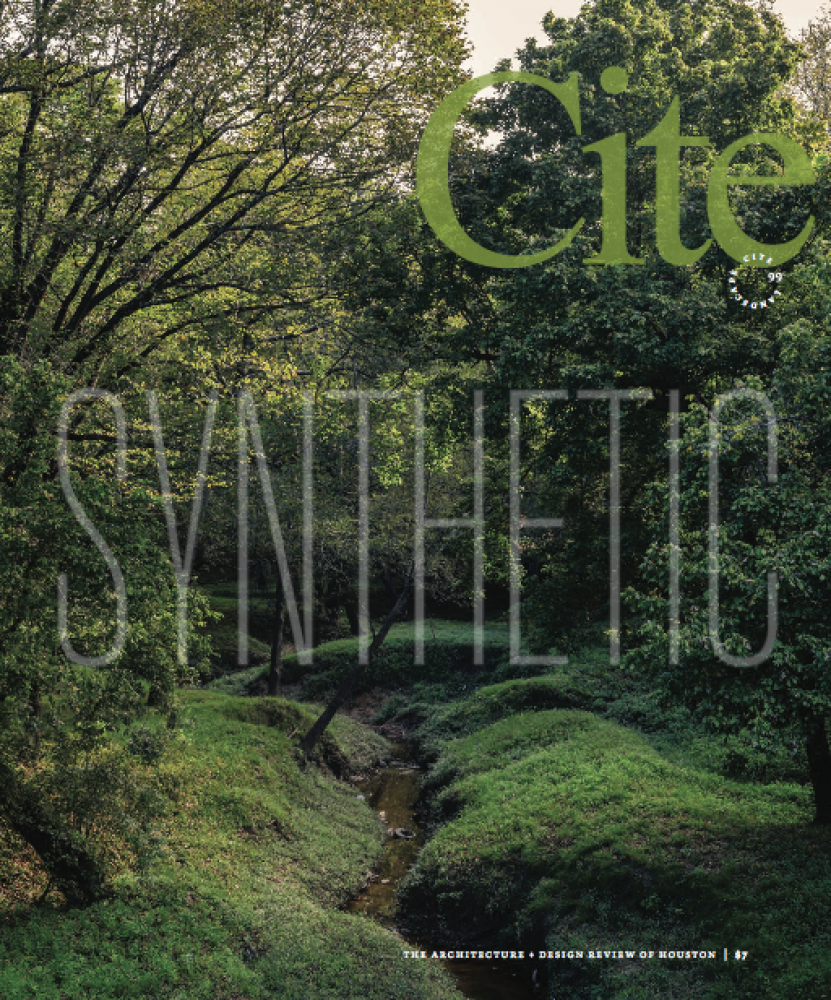Table of Contents
Contributors
Andrew Albers; Ernesto Alfaro; Keiji Asakura; Katie Coyne; Stephen Fox; Bill Fulton; Guy Hagstette; Eric Leshinsky; Torie Ludwin; Raj Mankad; Falon Mihalic; Peter Molick; Sheryl Tucker de Vazquez; Peter Walker; and Allyn West.


